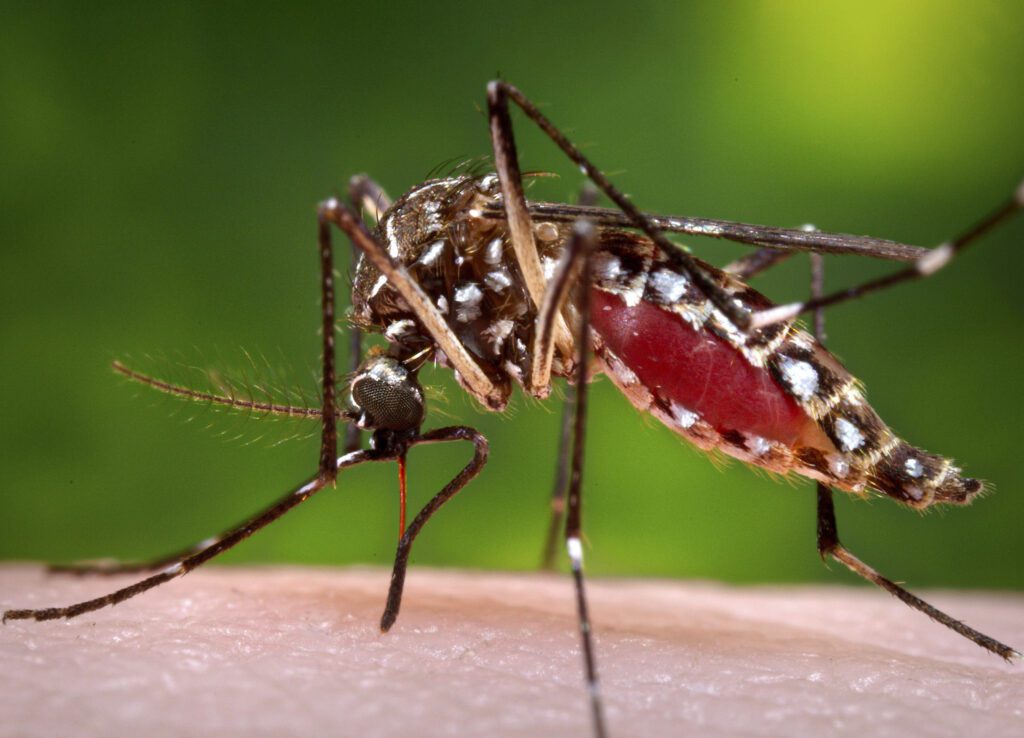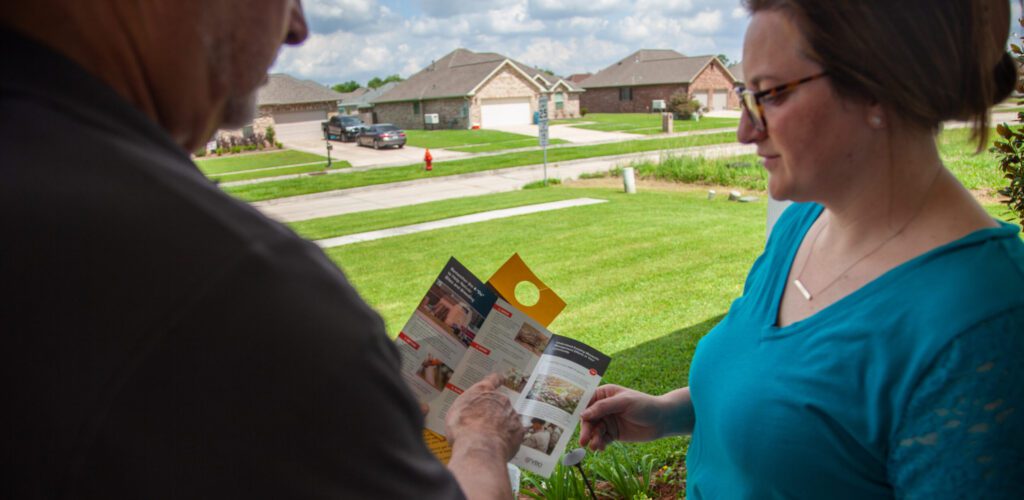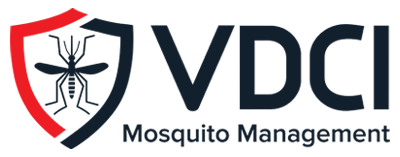Understanding How Mosquito Species and Human Activity Influence Management Strategies
In the world of mosquitoes, change is a constant. From competition between mosquito species to the profound impact of human activities, an intricate web of factors can shape mosquito populations. By understanding these dynamics, we can more effectively reduce the spread of mosquito-borne diseases and preserve public health.

Competing Mosquito Species
Mosquito populations are remarkably diverse, and in some cases, multiple species can coexist alongside one another. However, competition between species is common, with different species vying for the same resources, prey, or breeding sites. For example, the Asian Tiger mosquito (Aedes albopictus) has demonstrated its competitive advantage over Aedes japonicus in artificial container environments by outcompeting its counterpart in securing essential food resources within larval habitats and exhibiting superior overwintering survival rates.
Furthermore, such competition can lead to behavioral changes, as exemplified by the unique mating activity or “satyrization” that has been documented between Aedes aegypti and Aedes albopictus. While the displacement mechanism between these two species remains unknown, scientists cite mating interference, larval resource competition, and climatic factors as likely contributing factors.
As the density and distribution of mosquito species shift, so does the geographic range of diseases they transmit. For instance, the introduction of Aedes aegypti to new areas can result in the spread of dengue and yellow fever, which may have been absent from those regions. Conversely, a decrease in the prevalence of Aedes aegypti in a given area might reduce the transmission of the pathogens they carry. However, another disease-carrying mosquito species may fill this niche.
Such interactions between mosquito species highlight the intricate and ever-changing nature of mosquito populations, where even unusual species dynamics can have significant implications for species distribution and disease transmission.

Human Influence
Urban development and changes in land use may also impact mosquito habitats. The construction of cities and infrastructure may create artificial breeding sites, encouraging the proliferation of mosquito species that are most adapted to these environments.
Moreover, human activities like travel and trade play a prominent role in the spread of mosquito species and changes in population dynamics. The movement of people and goods across the globe has inadvertently led to the introduction of exotic mosquito species to non-native habitats. For example, Aedes albopictus eggs were imported to California via lucky bamboo plants and to Houston via infested retread tires. Backyards and patios became micro-habitats for these disease-carrying species. Today, the species can be found throughout parts of Southern California and many other states across the country.
Travel and trade may also explain recent malaria cases that have been documented in Florida, Texas, Maryland and Arkansas. Malaria was common throughout the United States until being eradicated by the early 1950s. However, the malaria vector responsible for the recent cases in Arkansas and Texas, Anopheles quadrimaculatus, is found throughout the Southeastern United States. Additionally, the malaria vector responsible for the recent cases in Florida, Anopheles crucians, is found throughout the entire Easter US. Therefore, malaria can be re-introduced to regions by individuals who are infected with the disease-carrying parasite. When a mosquito that is capable of transmitting the parasite bites an infected person, it ingests the malaria parasites contained in the person’s blood. These parasites then develop and multiply within the mosquito’s body and travel to the salivary glands of the mosquito. Subsequently, when the same mosquito bites another person, it injects these parasites into the new host’s bloodstream, potentially infecting them with malaria.
This chain of transmission underscores the importance of not only addressing the presence of infected individuals, but also the role of local mosquito species in facilitating the spread of the disease.

Management and Prevention
Adapting to evolving mosquito populations is paramount in disease prevention. Managing these ever-changing populations demands a multidisciplinary approach encompassing surveillance, data collection, disease monitoring, and government coordination.
Community education is also essential to protect public health. A more comprehensive defense against mosquito-borne diseases can be established by engaging local communities to reduce mosquito breeding sites and observe personal protective measures.
Ultimately, examining shifting mosquito populations highlights the complex array of factors driving these shifts. By understanding these dynamics, we gain insights into how to adapt and enhance our defense against mosquito-borne diseases for better public health.
Contact Us to Build Your Mosquito Management Program:
 Since 1992, Vector Disease Control International (VDCI) has taken pride in providing municipalities, mosquito abatement districts, industrial sites, planned communities, homeowners associations, and golf courses with the tools they need to run effective mosquito control programs. We are determined to protect the public health of the communities in which we operate. Our mosquito control professionals have over 100 years of combined experience in the field of public health, specifically vector disease control. We strive to provide the most effective and scientifically sound mosquito surveillance and control programs possible based on an Integrated Mosquito Management approach recommended by the American Mosquito Control Association (AMCA) and Centers for Disease Control and Prevention (CDC). VDCI is the only company in the country that can manage all aspects of an integrated mosquito management program, from surveillance to disease testing to aerial application in emergency situations.
Since 1992, Vector Disease Control International (VDCI) has taken pride in providing municipalities, mosquito abatement districts, industrial sites, planned communities, homeowners associations, and golf courses with the tools they need to run effective mosquito control programs. We are determined to protect the public health of the communities in which we operate. Our mosquito control professionals have over 100 years of combined experience in the field of public health, specifically vector disease control. We strive to provide the most effective and scientifically sound mosquito surveillance and control programs possible based on an Integrated Mosquito Management approach recommended by the American Mosquito Control Association (AMCA) and Centers for Disease Control and Prevention (CDC). VDCI is the only company in the country that can manage all aspects of an integrated mosquito management program, from surveillance to disease testing to aerial application in emergency situations.

